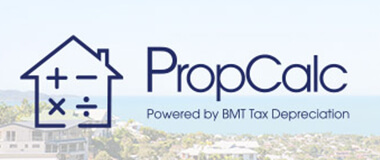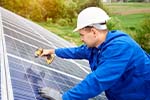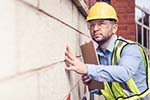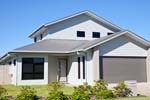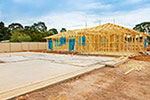Gain more deductions through conscious investing
Investors go green for more cash
After last year’s UN Climate Change Conference (COP26) summit and discussions surrounding the future of Australian coal, an even greater spotlight has highlighted the need to reduce Australia’s greenhouse gas emissions.
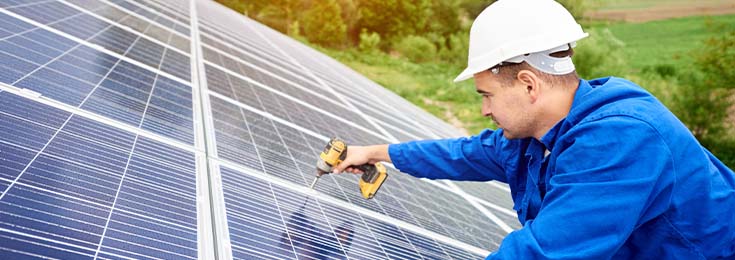
According to research from the CSIRO and Bureau of Meteorology, Australia’s climate has warmed by 1.44 ± 0.24 °C on average since national records began in 1910. This has been a factor in the increase in frequency of heat waves, dry spells and bushfires. The same study also reported that oceans surrounding Australia are acidifying and have warmed by around 1 °C since 1910.
These changes, coupled with recent increases in natural disasters in Australia, have influenced governments and individuals to implement changes to reduce carbon footprints.
From May 2019, all new Australian homes, home renovations, alterations and additions are required to comply with the 6-star standard in the National Construction Code (NCC).
The NCC sets the minimum requirements in relation to structure, fire safety, accessibility, health and amenity, and sustainability. It is published and maintained by the Australian Building Codes Board on behalf of, and in collaboration with, the Australian Government and each State and Territory Government.
The inclusion of energy efficiency requirements in the NCC is part of a comprehensive strategy to reduce greenhouse gas emissions. The new requirements mark a shift in how energy efficiency is considered as part of the process of design and construction.
Research shows that almost 8 million Australian homes were built before these energy efficiency measures were created. Meanwhile, homes continue to account for 18 per cent of Australia’s greenhouse emissions, according to the COAG Energy Council.
The most recent data indicates that approximately 32 per cent of households in Australia are renters. Therefore, property investors can make a huge impact by making energy-efficient decisions within their property purchasing and improvement strategies.
Given that new properties must now comply with environmental standards, they are generally the most energy efficient. However, owners of older properties who are thinking about completing a renovation or making an addition to the property can make their investment more energy efficient. These greener decisions will in turn contribute to some lucrative tax deductions.
Installing smart meters, solar hot water systems, LED lighting and appliances with high star ratings are just some ways to improve energy efficiency.
Heating and cooling can make an enormous difference. On average in Australia, 40 per cent of a household’s power consumption goes towards heating and cooling costs to combat our unforgiving climate.
When making improvements, choosing the right asset can drastically reduce the amount of power used, for example, a 4+ star reverse-cycle air-conditioner uses 45 per cent less energy than an efficient gas heater.
It’s just as important to remember the outdoors when we are talking about houses. Roofing designs that promote insulation within a home can make a huge impact. A University of NSW study has found that eliminating dark-coloured roofing in Sydney will lower the city’s summer ambient temperatures (also known as the surrounding air temperature) by up to 2.4 degrees on average.
The same study showed that switching to cooler roofing alternatives like adding a coat of white paint, could decrease indoor temperatures of uninsulated homes in Western Sydney by an average of 4 degrees, and 10 degrees during heatwaves.
Of course, when property improvements are needed, there is a cost. However, there are also depreciation deductions which can help reap a significant portion of the costs back at tax time.
The following table demonstrates some of the first-year and total depreciation deductions available for assets which improve the energy efficiency of a property.
| Energy efficiency depreciation deductions | ||
| Asset | First full year | Total |
| Solar panels | $536 | $5,365 |
| Rainwater tanks – polyethylene | $291 | $2,180 |
| LED downlights | $744 | $1,860 |
| Solar hot water system | $572 | $4,290 |
| Insulation | $191 | $7,650 |
| Cool roofing* | $394 | $15,750 |
| Total | $2,637 | $37,095 |
* Cool roofing takes into account roof design, exterior colour and materials used.
Choosing greener options will pay off in the long run for property investors who renovate. Not only is it better for the environment, but tenants will reap the benefit of reduced energy costs. In turn, this will help property investors attract and keep quality tenants and potentially increase returns. A significant portion of the costs can be claimed back as depreciation at tax time.
If you’re looking to purchase a property or make environmentally conscious improvements to an existing investment, call BMT for an obligation-free depreciation estimate on 1300 728 726.





